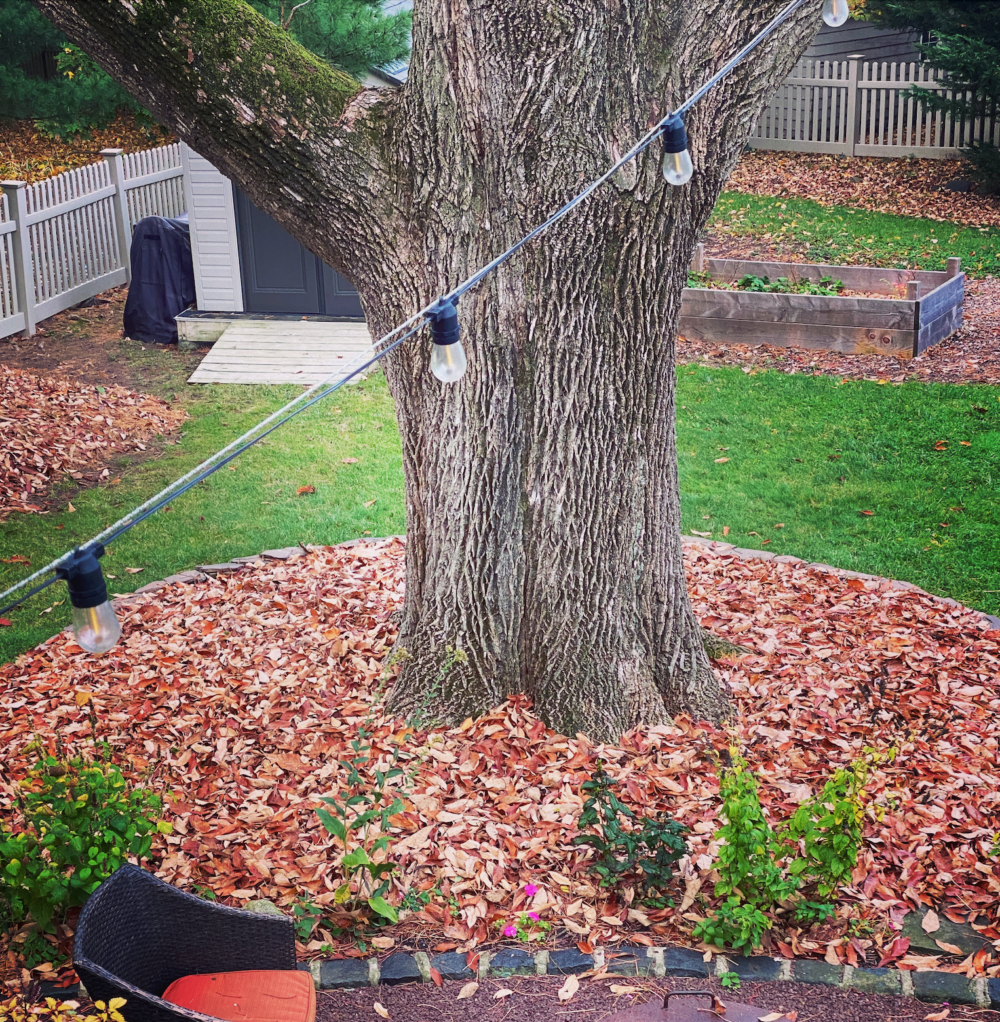We have much more to do and your continued support is needed now more than ever.
Four Ways to Attract Birds and Butterflies

Now is the perfect time to make your yard or garden space more attractive to birds, butterflies, and other local wildlife. All wildlife need four things to survive and thrive: natural sources of food, water, cover, and places to reproduce and raise their young.
Once you provide these four habitat components and commit to maintaining your yard or garden in a natural way, the National Wildlife Federation will recognize it as a Certified Wildlife Habitat in our Garden for Wildlife program.
Here are four easy ways to provide the four habitat components to create a garden space that attracts birds, butterflies and all sorts of other wonderful “backyard wildlife.”

Plant Natives
Habitat Provided: FOOD
Native plants are the plant species that are naturally found in your region. They are adapted to the climate, weather, and soil types of their native region, so they generally thrive with little maintenance once established. Native plants also co-evolved with wildlife and provide food sources birds and butterflies need to survive, from berries, seeds, and nuts to nectar and leaves for butterfly caterpillars to eat. By supporting caterpillars and other insects, native plants also provide a critical protein source for backyard birds, the majority of which must feed their babies insects. Many native plants are highly ornamental and look great.
We currently offer science-based native plant collections for 36 states. Shop now or sign up for our list to be notified when we offer plants for your area.
Get a list of native plants for your zip code with our Native Plant Finder.

Add a Birdbath
Habitat Provided: WATER
Birds and other wildlife need a clean source of drinking water. Birds also need to bathe in order to keep their feathers in good condition. A simple birdbath will do the trick. Birdbaths should be relatively shallow, no deeper than two to three inches. It’s important to regularly dump and refill with fresh water. This makes sure the birds have a clean water source and will also eliminate any mosquitoes. Clean your birdbath with hot soapy water and a scrub brush periodically.
Get a beautiful birdbath to provide water for birds.

Build a Brush Pile
Habitat Provided: COVER
Birds and other wildlife need sheltered places to get out of bad weather and to find cover from predators. In nature, dead and dying trees–called snags–and the branches and logs of fallen trees provide excellent cover for birds and butterflies. If you have a tree snag on your property, keep it if it poses no danger of falling and damaging your home. You can mimic this kind of natural habitat by building a brush pile using logs and tree branches to create a rough dome filled with hidden spaces for birds and other small wildlife to hide.
Get a step-by-step illustrated plan to build a brush pile in our new how-to book.

Install a Nesting Box
Habitat Provided: PLACES TO RAISE YOUNG
Many species of birds nest in tree holes called cavities. As trees age, branches break, and decay sets in, causing natural cavities to form. Woodpeckers also excavate their own cavities for nesting, which are then available to other birds in subsequent seasons. You can mimic this important nesting habitat by putting out a nesting box for birds such as bluebirds, wrens, chickadees, woodpeckers, or even kestrels, owls, and wood ducks!
Get a natural nesting box to help birds raise their young.

BONUS: Certify Your Garden and Post a Yard Sign
Once you’ve created your wildlife habitat garden, get it recognized as a Certified Wildlife Habitat by the National Wildlife Federation. When you certify, you join our growing movement of people who are planting with a purpose to help wildlife (plus a lot of other great benefits). Get certified here.






















